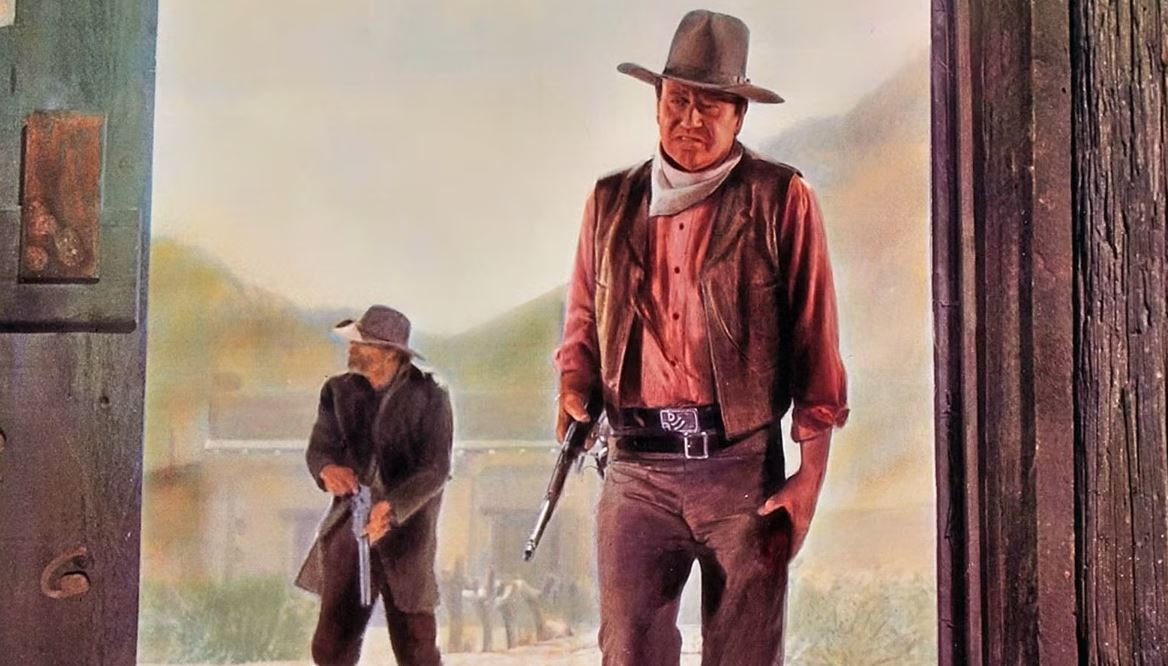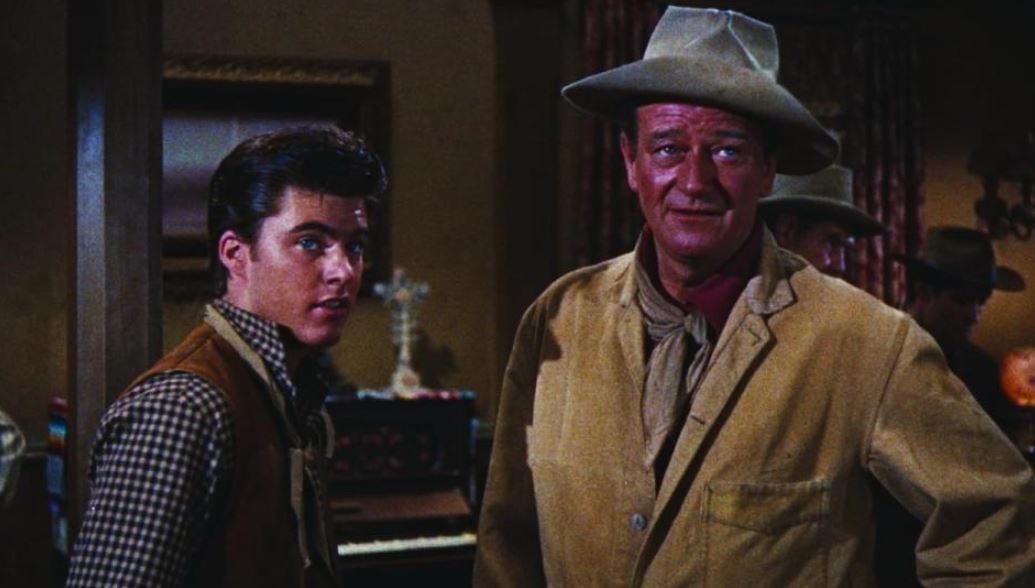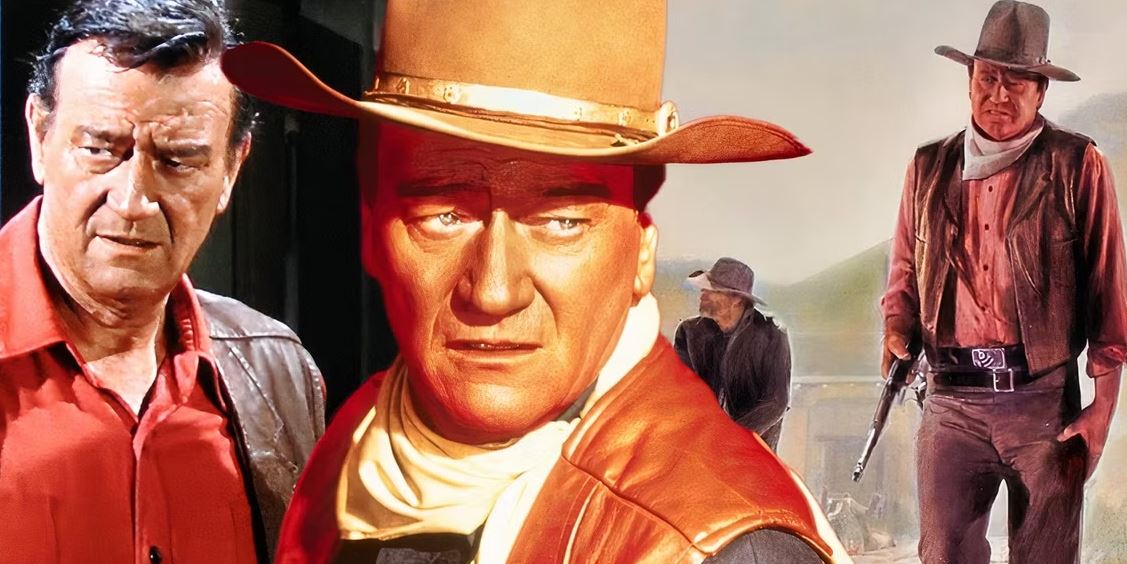Rio Bravo is viewed as one of the most influential Westerns of all time and a highlight of John Wayne’s legendary career, but some fans might not realize it is part of a trilogy from the actor. Wayne is mostly linked to the Western genre and appeared in some of the most iconic films in the genre, including True Grit, The Searchers, Red River and The Cowboys. Even with the decline in popularity of the Western, he was making movies in the genre right until the end of his career, with his last movie being 1976’s The Shootist.
Outside of 1975’s Rooster Cogburn – his penultimate movie – Wayne never made an official sequel. That said, his Rio Bravo director Howard Hawks liked the basic premise of that 1959 Western so much, that he essentially remade it twice with Wayne as the star. Each outing remixes themes and characters to some extent, and they form an odd trilogy of sorts. While Rio Bravo is the most acclaimed of the trilogy, the other movies and their reputations are worth exploring.
Rio Lobo (1970)
A Tired Retread And Disappointing End To Howard Hawks’ Career

Rio Lobo marked the end of Hawks’ career, and sadly is considered one of his worst movies. The story sees Wayne’s Union cavalry officer heading to the titular lawless town to track down two traitors. Whereas the previous two movies had a sparky energy and witty dialogue, nearly everything with Rio Lobo feels plodding.
Wayne is a little too old for the lead, while his co-star Jorge Rivero seems to lack the charisma of previous co-leads Dean Martin and Robert Mitchum. Outside of a scene-stealing turn by Jack Elam and a couple of punchy shootouts, Rio Lobo is viewed by many as something of a dud.
Interestingly, the failure of the movie as Hawks’ final film is used as an example of why director Quentin Tarantino is choosing to retire once he completes his tenth movie. He stated that he found most directors lose their touch over the years before adding, “I don’t want to make Rio Lobo.”
El Dorado (1966)
Carried By The Match Up Of John Wayne And Robert Mitchum
El Dorado didn’t start as something of a Rio Bravo remake, but it evolved that way during production. Wayne plays a gunfighter who arrives in El Dorado to help his old friend J.P. (Robert Mitchum), a sheriff who has become addicted to drinking. These two legends share the screen for the first time, elevating El Dorado to a thrilling and effortless Western adventure.

The movie recreates the basic beats of its predecessor but comes up with some great set pieces of its own and is grounded by the chemistry of the cast. It moves at a faster clip than Rio Bravo too, and also features an early role for James Caan as Wayne’s protégé, who – outside of a deeply problematic “comic” scene where he impersonates a Chinese man – displays the talent he would flesh out further with The Godfather and Thief.
Rio Bravo (1959)
One Of The Most Influential Movies Of All Time
Rio Bravo is commonly featured on lists of greatest Westerns, and would be influential on filmmakers like Quentin Tarantino and John Carpenter; the latter would do his own take on the concept with Assault On Precinct 13. The simple premise sees Wayne’s sheriff Chance holding a dangerous prisoner and waiting for help to arrive, and having to rely on a drunk deputy (Dean Martin) and a young gunfighter (Ricky Nelson) for backup.
Rio Bravo is paced quite slowly for modern tastes, but it gives audiences a chance to get to know the main characters and the careful pacing makes the moments of violence bite. Angie Dickinson also shares surprisingly good chemistry with Wayne, and while parts of it haven’t aged well or can appear corny to modern eyes – with Nelson also being a tad wooden – there’s a reason it’s still so highly regarded.
